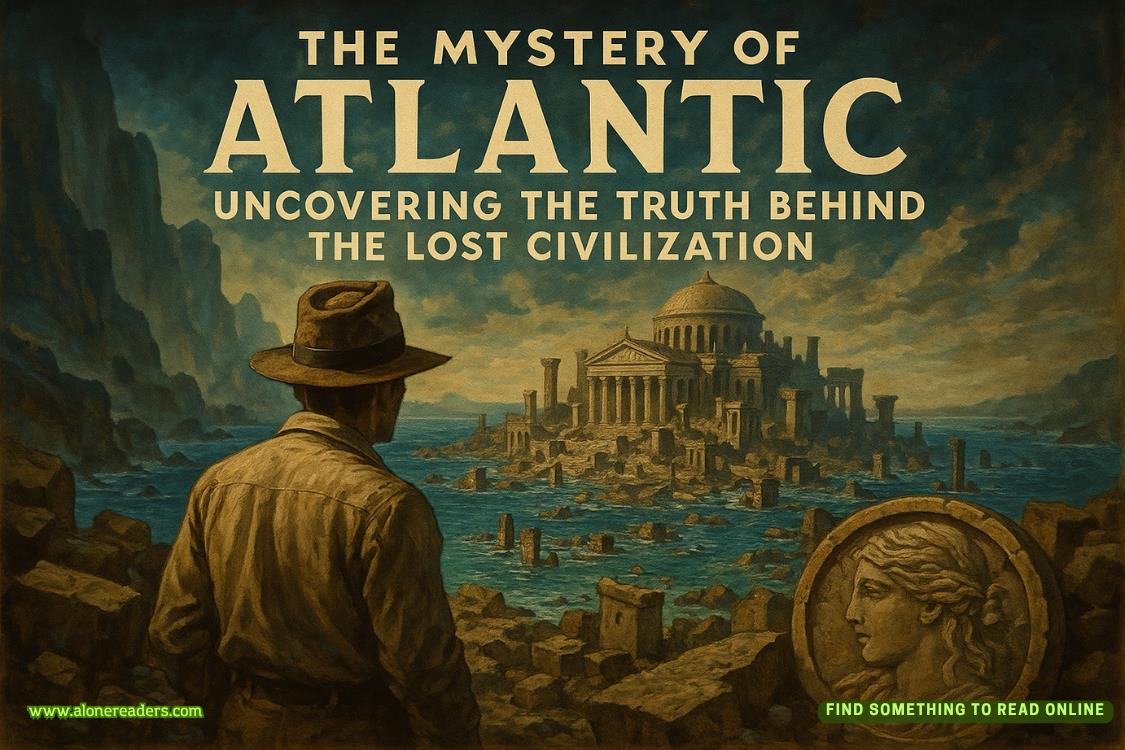Page 63 of Project Hail Mary
I keep turning. After 90 degrees I feel it release. I pull the two chunks apart.
Both halves have complicated stuff going on inside. They look like…models of some kind? They both feature whisker-thin poles sticking up from their bases, leading to spheres of various sizes. I don’t see any moving parts, and everything appears to be made out of the same weird material as the case.
I check out the bottom half first. Have to start somewhere.
A single whisker holds up…an abstract sculpture? It’s a marble-sized sphere and a BB-sized sphere each held in place by thinner whiskers branching off the main vertical “trunk.” There’s also an oddly parabolic shape connecting the tops of the two spheres. This whole thing looks familiar to me…why…?
“Petrova line!” I blurt out.
I’ve seen that arc shape enough times to know it by heart. My heart races.
I point to the large sphere. “So you must be a star. And the little guy must be a planet.”
These aliens are aware of Astrophage. Or, at least, they’re aware of the Petrova line. But that doesn’t really tell me anything. They’re in an Astrophage-powered ship, so of course they know about Astrophage. And we’re chatting in a solar system that has a Petrova line, so that’s not surprising either. This might be their home system for all I know.
This is a good start, though. We were “talking” by flashing our engines. So they know I use Astrophage and that I can “see” (with help from the ship) the Petrova frequency. From that, they concluded I must be able to see the Petrova line. They’re smart.
I look at the other half of the doohickey. Dozens of whiskers rise from the base. They’re all different lengths and each one ends in a sphere less than a millimeter across. I poke a whisker with my finger and it doesn’t bend. I press harder and harder. Eventually the whole doohickey slides on the table. Those whiskers are stronger than anything that thin should be.
I guess xenon makes pretty strong material when you get it to react with things. It infuriates my tender scientist’s heart! I try to put it out of my head and get back to the task at hand.
I count thirty-one whiskers, each with its little sphere at the end. While counting, I spot something special. There’s one whisker sticking up from the exact center of the disc, but unlike the others, it’s not connected to a sphere. I squint to get a good look.
Instead of a single sphere, it’s two spheres of different sizes and an arc—okay, I see. It’s a very small replica of the Petrova-line model on the other half of the doohickey. Maybe one-twentieth the scale.
And that little Petrova-line model has an eventhinnerwhisker connecting it to another sphere at the tip of a different whisker. No, not quite a sphere. It’s another Petrova-line model. I scour the rest of the doohickey for any more of them, but I don’t see any. Just the one in the middle and the one off to the side.
“Wait a minute…waaaaait a minute…”
I pull out the drawer that has the lab computer panel in it. Time to make use of that virtually infinite reference material. I find a huge spreadsheet with the information I need, bring it into Excel (Stratt loves well-tested, off-the-shelf products), and do a bunch of operations on it. Soon, I have the data plot I wanted. And it matches.
Stars. The little spheres on the end of the whiskers are stars. Of course they are. What else would have a Petrova line?
But they’re not just any old stars. These are specific stars. They’re all in the correct relative positions to one another, with Tau Ceti right in the center. The map’s point of view is kind of odd. To make the spheres match my data plot of star locations, I have to hold the doohickey at a 30-degree angle and kind of rotate it around a bit.
But of course, all of Earth’s data is based on Earth’s orbital plane being the reference point. People from a different planet would have a different coordinate system. But no matter how you look at it, the end result is the same: The doohickey is a map of the local stars.
Then I’m suddenlyveryinterested in that little filament connecting the center sphere (Tau Ceti) to another sphere. I check the corresponding star in my catalog: It’s called 40 Eridani. But I bet the crew of theBlip-Acall it home.
That’s the message. “We’re from the 40 Eridani system. And now we’re here at Tau Ceti.”
But there’s even more to it than that. They’re also saying “40 Eridani has a Petrova line, just like Tau Ceti.”
I stop to let that sink in.
“Are you in the same boat?!” I say.
Of course they are! Astrophage is getting at all the local stars. These people are from a planet orbiting 40 Eridani, and 40 Eridani is infected just like Earth’s sun! They have some pretty good science going on, so they did the same thing we did. Make a ship, and go to Tau Ceti to see why it’s not dying!
“Holy cow!” I say.
Yes, I’m jumping to a conclusion there. Maybe they harvest Astrophage from their Petrova line and consider it a boon. Maybe theyinventedAstrophage. Maybe they just think Petrova lines are pretty. There are a bunch of different things this could mean. But the most likely, in my admittedly biased opinion, is that they’re here to find a solution.
Aliens.
Actual aliens.
Aliens from the 40 Eridani system. So I guess that makes them Eridanians? Hard to say, even harder to remember. Eridans? No. How about Eridians? Sounds kind of like “iridium,” which is one of the cooler-sounding elements on the periodic table. Yeah, I’m going to call them Eridians.















